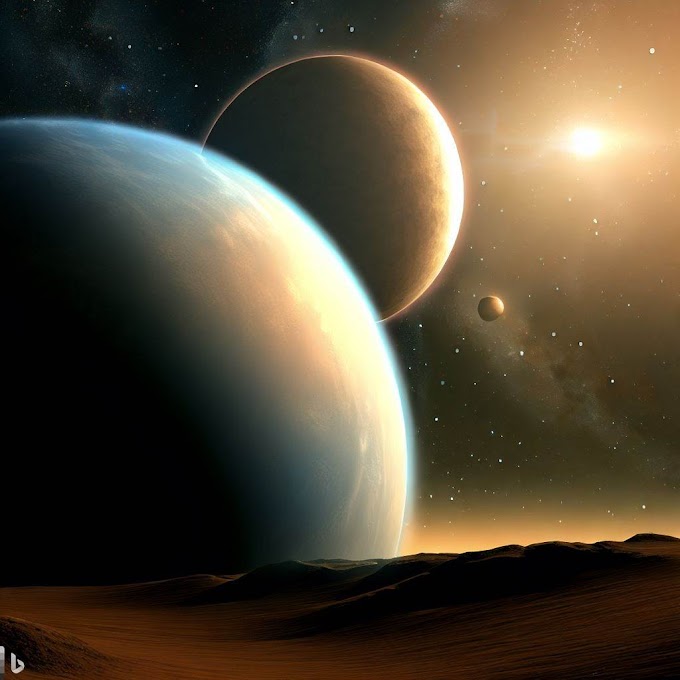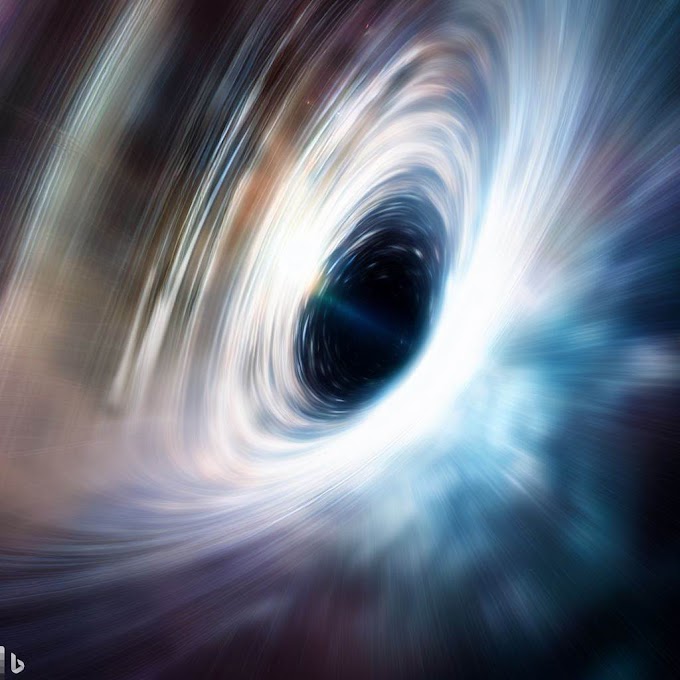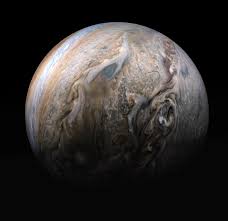The Search for Habitable Planets
In recent years, the search for habitable planets beyond our solar system has become one of the most exciting and fast-moving areas of astrophysics. With the discovery of thousands of exoplanets in our galaxy, astronomers have begun to identify which of these planets may be capable of supporting life as we know it.
The quest for habitable planets revolves around the idea of the "habitable zone," which is the range of distances from a star where a planet can have liquid water on its surface. Water is essential for life as we know it, so finding planets in this zone is a key step in the search for habitable worlds.
In our own solar system, the habitable zone is defined by the orbits of Earth and Mars. Earth sits comfortably within the habitable zone, with temperatures that allow for liquid water to exist on its surface. Mars, on the other hand, is on the outer edge of the habitable zone and is too cold for liquid water to exist on its surface.
When searching for exoplanets in the habitable zone of other stars, astronomers look for a range of characteristics. One of the most important is the planet's size and mass. Planets that are too small, like Mars, may not have enough gravity to hold onto an atmosphere, which is necessary to maintain a stable temperature and protect against harmful radiation. On the other hand, planets that are too large, like Jupiter, may have such intense gravity that they trap too much gas, making it impossible for a solid surface to exist.
Another important factor is the planet's distance from its star. Planets that are too close to their star, like Venus, will have a runaway greenhouse effect that creates a thick atmosphere and makes the planet too hot to support life. Planets that are too far from their star, like Mars, will be too cold for liquid water to exist on their surface.
One of the most exciting recent discoveries in the search for habitable planets is the TRAPPIST-1 system. This system consists of seven Earth-sized planets that orbit a cool, red dwarf star. Three of these planets are located in the habitable zone, and all seven are likely rocky worlds with the potential for liquid water on their surfaces.
The TRAPPIST-1 system is particularly interesting because it is so close to us, only 40 light-years away. This means that it may be possible to study the atmospheres of these planets in the future using powerful telescopes like the James Webb Space Telescope, which is set to launch in 2021.
Despite the exciting discoveries that have been made in recent years, the search for habitable planets is far from over. There is still much to learn about the conditions necessary for life to exist, and many questions remain unanswered. For example, we still don't know if life can exist in environments very different from Earth, such as on moons that orbit gas giants like Jupiter and Saturn.
Nevertheless, the search for habitable planets is an exciting and rapidly evolving field that has captured the imagination of scientists and the public alike. With new discoveries being made all the time, it is only a matter of time before we find another world that may be capable of supporting life.
















0 Yorumlar